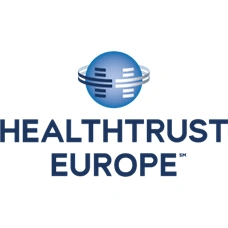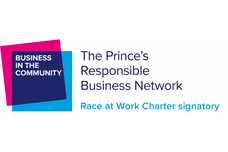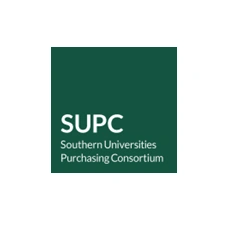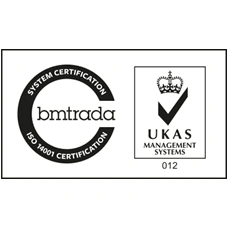One study has shown that ostracism, incivility, harassment, and bullying have direct negative significant effects on job productivity, while job burnout was shown to be a statistically significant mediator between the dimensions of a toxic workplace environment and job productivity . Underperformance is also expected where there are changes to a worker’s physiology. The range of possible changes to physiology are manifold, but I will focus on a few key areas. In CIPD’s nineteenth annual survey into health and wellbeing in the workplace, they calculated the average level of employee absence at 5.9 days per employee per year4. This is the lowest level they had recorded, which may point to the result in a positive increase in the health and wellbeing of the workforce; however, it could also point towards a more concerning trend.
Presenteeism is the act of coming to work whilst sick, a growing trend with four-fifths of survey respondents having observed it in their organisation over the past 12 months and a quarter of these report it has increased over the period4. Illness affects both the quantity of work, through reduced speed and repetition of tasks, and the quality through an increased number, or greater severity, of mistakes. Not only are sick workers less productive than healthy workers, but there is an increased likelihood of contagion and spreading that sickness to healthy workers (both in the workplace and during the daily commute). Furthermore, increased presenteeism correlates with increases in both stress-related absence and mental health problems such as anxiety and depression . Reports on the cost to organisations of presenteeism in comparison to the cost of absenteeism vary between 1:1.5 and 1:2.65, with the American Productivity Audit estimating an annual cost to the US economy of $150 billion6.
































